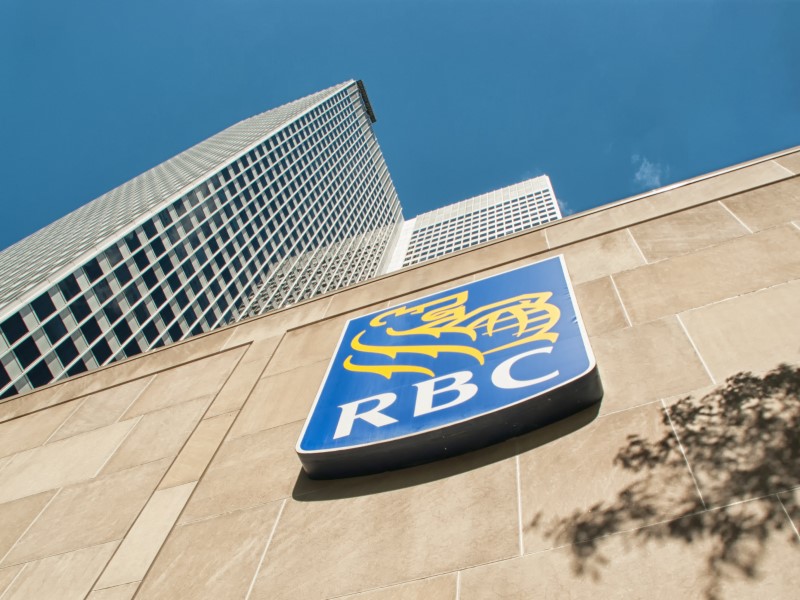
During Financial Literacy Month, the Royal Bank of Canada is supporting employees’ financial wellness through a new website that provides financial education and support.
The My Money Matters website contains more than 1,000 articles on financial well-being and was designed to de-stigmatize conversations about money, says Elvis Wong, the bank’s director of financial well-being.
“We know Canadians are financially stressed, regardless of income. With rising inflation and cost of living, more and more Canadians are losing sleep at night. We think it’s really important to actually acknowledge that people are stressed and [ensure] they know that RBC cares about their financial well-being and has resources there to help support them.”
Read: Men more likely than women to report reduced stress due to financial wellness programs: survey
According to a recent survey by the bank, nearly two-thirds (64 per cent) of Canadians said they’re concerned about falling behind financially this year and 48 per cent reported they’ve never been more stressed out about money.
RBC is encouraging employees to use the hub to source financial information, resources and tools based on their specific needs, says Wong. “We’re making sure information is there for everyone at all walks of life.”
To get the word out to employees, RBC launched a global financial wellness campaign that included an interactive education course with pictures, quizzes, knowledge checks and videos that provide information on the bank’s various financial wellness benefits and pension plans.
The campaign was designed to help employees find solutions that work for their particular financial needs, says Kelly Bimm, the bank’s senior manager of global wellness, noting employees of financial institutions might not reach out for help because they think they’re expected to know about the resources and tools available to them.
More than 34,000 employees participated in the campaign, she says, adding nearly all (more than 97 per cent) said they can apply these concepts to their personal financial situation. “A big part of this campaign was to ensure that, . . . as [employees] continue to experience different life events, they can visit the site to get the information they need even after the campaign ends.”
Read: How Fluor Canada’s financial literacy programs are meeting the needs of its diverse workforce
